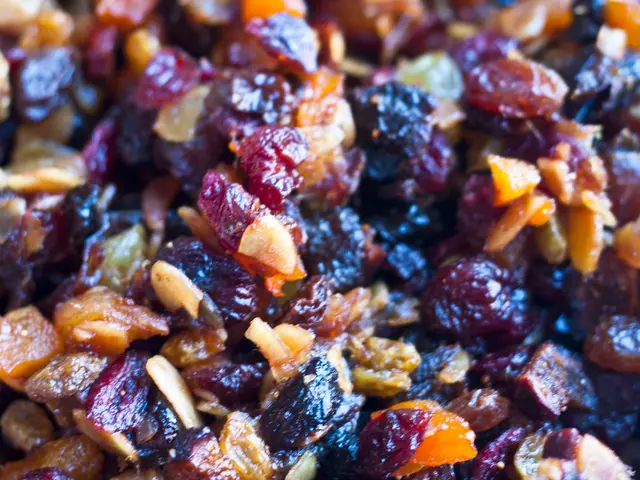Summertime Sickness: Understanding Common Cold, Enterovirus, and COVID-19 Symptoms
- by Frank Ochmann
- 1 Min
Defending Against Summer Flu: Essential Measures to Take - Safeguarding Your Health During Summer: Strategies to Prevent Seasonal Flu
Summer days often bring a sense of relief, with a warm breeze stirring the air and the sun shining on our skin. However, our airways aren't always reprieved during these sunny times. Allergies caused by shifting bloom seasons and certain viral and bacterial infections can still wreak havoc on the mucous membranes of our respiratory system.
Even in summer, viruses like influenza and Covid-19 can make an appearance, though they are more prevalent during colder months. Other pathogens that dominate during the warm weather can cause similar symptoms, but their routes of transmission differ. In the summer, smear infection via the hands becomes more common, as viruses and bacteria such as adenoviruses and mycoplasmas spread. In our latitudes, enteroviruses often create flu-like infections, primarily transmitted via handshakes or contact with contaminated surfaces such as door handles and shopping cart grips.
Don't Let the Name Fool You
While many people associate the term "summer flu" with a harmless bout of cold-like symptoms, it can still be a cause for concern.
Common Summer Infections and Their Symptoms:
- Common Colds (Viral Upper Respiratory Infections)
- Causes: Rhinovirus, enterovirus, and others.
- Symptoms: Cough, runny or stuffy nose, sore throat, sneezing, minor fever or diarrhea (with enterovirus).
- Transmission: Mainly through respiratory droplets when an infected person coughs or sneezes, or by touching contaminated surfaces.
- Enterovirus Infections
- Causes: Enteroviruses, which are more predominant in warmer months.
- Symptoms: Cold symptoms, fever, vomiting, and diarrhea.
- Transmission: Spread via respiratory droplets, contact with contaminated surfaces or fecal-oral route.
- COVID-19 and Its Variants
- Causes: SARS-CoV-2, with emerging variants such as NB.1.8.1.
- Symptoms: Overlapping with common cold and allergies: sore throat, congestion, runny nose, fatigue, muscle and body aches, fever, sometimes loss of taste or smell, nausea, vomiting, diarrhea, and difficulty breathing.
- Transmission: Primarily respiratory droplets, aerosols, and contact with contaminated surfaces.
Other factors contributing to cold-like symptoms include allergies, air conditioning, temperature changes, poor nutrition, and insufficient sleep.
When to Seek Medical Help
Most summer colds and viral infections are mild and resolve with rest, hydration, and over-the-counter medication. However, if symptoms worsen or persist, difficulty breathing occurs, or severe symptoms such as high fever or progressive weakness arise, it is essential to consult a healthcare provider for proper evaluation and care.
Sources: 1, 2, 3, 4 [List in Paragraph Form]*
- The symptoms of some medical-conditions, like common colds, enterovirus infections, and COVID-19, can resemble each other during summertime, causing shortness of breath, hoarseness, cough, flu-like symptoms, and sniffling.
- Science has recently identified a variety of viruses, such as adenoviruses and mycoplasmas, as common culprits for infections that result in these symptoms, increasing during the warmer months.
- It's crucial to maintain personal fitness-and-exercise regimens to keep the immune system strong and promote overall health-and-wellness, preventing the development of these harmful conditions.
- Depending on the severity of the symptoms, therapies-and-treatments such as proper nutrition and mental-health support might be necessary to effectively combat summertime sickness and achieve a speedy recovery.







